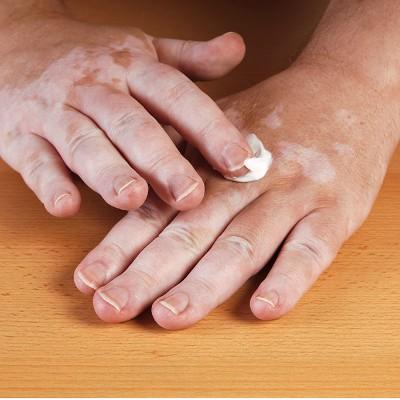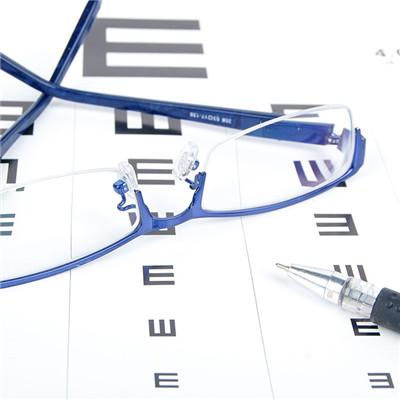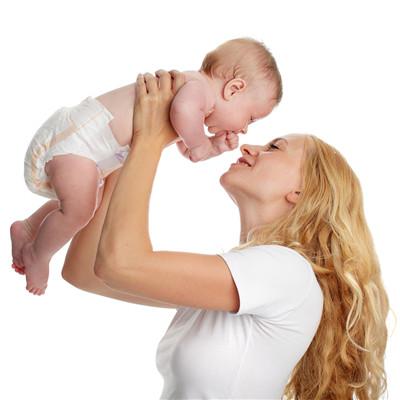One year old baby's otitis media symptoms?
summary
Otitis media, especially acute suppurative otitis media, is more common in children. Its clinical manifestations include swelling and pain in the ear area, feeling of stuffy swelling or blockage in the ear, hearing loss and tinnitus. Sometimes the hearing can be improved by changing the head position. There was an enhancement of hearing. Children are often slow to listen or inattention. May be accompanied by fever, headache, fatigue, loss of appetite and other systemic symptoms, once the tympanic membrane perforation, visible pus outflow from the ear, at this time the symptoms of swelling instead of alleviating. Often occurs in the cold, tonsillitis, acute infectious diseases, or occurs unconsciously. If the acute suppurative otitis media is not treated in time or treated improperly, it will not only lead to hearing loss, but also serious complications once it turns into chronic otitis media. Let's talk about the symptoms of 1-year-old baby's otitis media?
One year old baby's otitis media symptoms?
1. Exudative otitis media or non suppurative otitis media are common in infants and young children, mostly caused by Eustachian tube dysfunction and middle ear negative pressure. The symptoms are stuffy ears, hearing loss, excessive self sound, ringing in the ear when swallowing, tinnitus like blowing, and slight earache when blowing the nose. Examination showed turbid tympanic membrane, dull, such as ground glass oil paper, there may be varying degrees of invagination. Through the tympanic membrane, we can see the liquid level and occasionally bubbles. Hearing test showed conductive deafness or mixed tumor, tympanometric negative pressure, tympanometric was B type.
2. Acute suppurative otitis media often occurs in patients with upper respiratory tract infection or acute infectious diseases, especially in children with weak body, low immunity, anemia, diabetes, etc. The pathogenic bacteria were hemolytic streptococcus, pneumococcus, influenza bacillus and Staphylococcus aureus.
3. Staphylococcus aureus and Pseudomonas aeruginosa are the most common pathogens of chronic suppurative otitis media, sometimes with mixed infection of Proteus. The ear often fails to cure completely in the acute stage, the local damage is serious, or the pathological change is special, the infection attacks repeatedly, the continuous pus, the hearing loss. According to the pathological changes,
matters needing attention
1. Repeated otitis media can make tympanic membrane perforation increase, middle ear adhesion and sclerosis, and further reduce hearing. If not properly used, it can also cause the decline of inner ear nerve function, leading to more difficult treatment. 2. Repeated inflammation of middle ear can lead to otitis media of bone abscess type or cholesteatoma type. When the bone is invaded, it may lead to facial paralysis, meningitis, brain abscess and other intracranial and extracranial complications, even life-threatening. 3. If otitis media is not treated in time and the fluid in the ear is not absorbed, it will lead to secondary diseases such as tympanosclerosis, adhesive otitis media and cholesterol granuloma, resulting in permanent hearing loss. Infant is a good time to learn language. If hearing difficulties cause language learning disabilities, it is like closing a window for children to understand and perceive the world, which seriously affects their mental development. Some parents have misunderstandings about secretory otitis media. Some think that as long as the ears have not been exposed to dirty water, they will not get otitis media; Some think that only ear pus is secretory otitis media, thus delaying the opportunity of treatment. There are many types of otitis media, which is one of the common ear diseases in winter and spring. Parents must be aware of their children's behavior as soon as possible, and take their children to the ENT Hospital for treatment as soon as possible.














